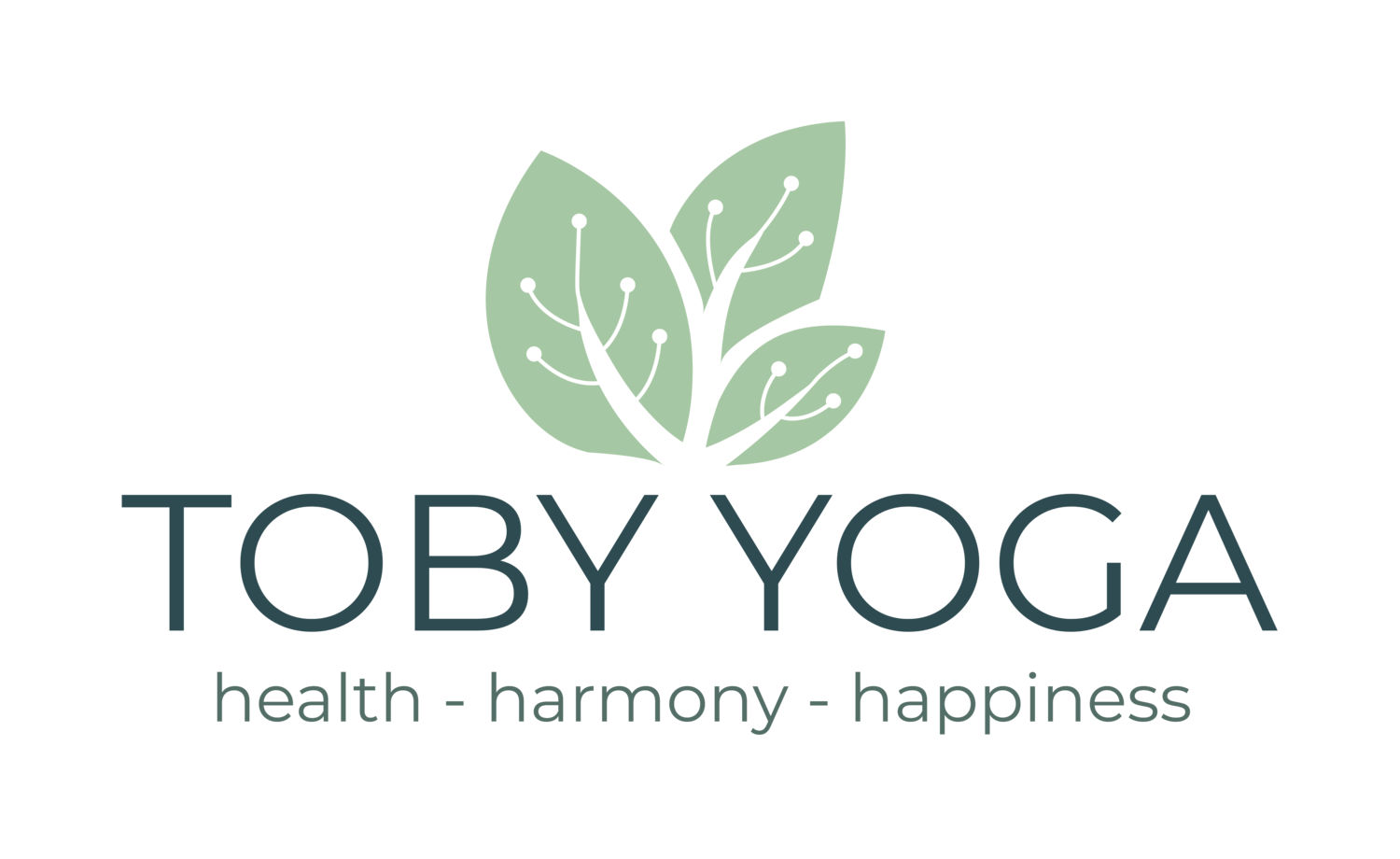I have been working with EBR2 in several of my classes recently and it made me reflect on my experiences of this signature Dru Yoga ‘energy block release’ sequence.
So I decided to look back on my experiences of using this sequence as both a student and as a trainee teacher. It has been an interesting and enlightening journey. One that taught me a huge deal about resistance.
As a student I had been doing EBR2 – unconsciously – for more than a decade as part of the weekly Dru class I attended with the wonderful Wendy Faulknall (Yoga For Your Health.) I liked elements of the sequence but never felt a strong relationship to it or even really thought of it as a whole sequence. I certainly didn’t stop to think about it or the reaction it was generating. It was a collection of movements that I found variously easy and enjoyable or difficult and didn’t enjoy doing.
Looking back, it’s revealing to now observe that I found the heart opening and backward bending postures easy and enjoyable but the lower centre-releasing or forward bending postures challenging and unpleasant. I see now that I was happy embracing love but not comfortable releasing grief because I was resisting confronting the fear associated with it.
What’s more I now certain the physical stiffness or rigidity in my body was a mirror of my mental and emotional stiffness and rigidity. I was afraid of addressing these issues and so allowed myself to avoid them by classifying the related, releasing posture work as hard or not ones that I could do. Or perhaps I wasn’t yet ready to cope with the emotions (usually anger!) that releasing or confronting this fear often caused.
I first became aware of this resistance to EBR2 when I started my Dru Yoga Teacher Training. I remember finding paschimottanasana (sitting forward bend) particularly challenging and because of this unconsciously took against EBR2. I can clearly remember thinking that it was a shame that the sequence was ‘spoiled’ by including it!
However, over time something (or someone) changed (me!)
I suddenly found that makarasana (crocodile), a posture I had always found intensely uncomfortable, was one I couldn’t get enough of. For weeks, actually months, I could only countenance doing relaxation in this posture. My body did not feel comfortable – actively resisted – resting in the savasana (corpse). I found that makrasana it calmed me both physically and emotionally, and released the dis-comfort and dis-ease I was experiencing. It helped release some very powerful emotions – not least some crippling grief that I was carrying and needed to confront, accept and finally let go of.
I was starting to realise the difference between doing yoga with full awareness rather than just ‘going through the motions’!
I still found some of the movements in EBR2 physically challenging but I didn’t seem to mind as much. And I had a new sense that I needed to not just accept this physical challenge but to explore what might lie behind it, both mentally and emotionally.
Then something quite remarkable happened. One morning I decided to practice EBR2 and to my surprise it was all I wanted to do. I became ‘addicted’ to EBR2 and for more than a month I did the sequence every morning. I mean every morning!
I obviously needed help becoming more present, more aware, more grounded and more centred. It was the perfect way to start my day more fully present, to experience the power of simply ‘being here now’.
I still love how quickly the sequence takes me to a different space – filling me with a profound stillness and concentration. I forget about the worries and irritations that were filling my mind just a few moments before.
From time to time some of the movements can seem physically challenging but accepting this and working with it helps make them less so. I am now consciously listening and feeling into my body more, exploring ways to do these postures that is right for me in that moment.
I have noticed that resistance is a message – either from the physical or the psychological body. That it is important to reflect on the resistance to understand what the message is.
It could be that the body is physically not up for these movements – such as when I was unwell and my mental pattern was to ignore the feelings and push through the pain – and needs to move in other, different and more nurturing ways. Or it could be that the body is blocked emotionally or mentally and resisting these movements because it is scared of letting go and of what these movements may release – such as when I was resisting the forward bend movements in the sequence.
Working with EBR2 as a daily practice helped me to realise that in the past fear has all too often held me back. That I can all too easily delude myself that I am ‘deciding’ not to do things: that it is a choice. This was wrong. I was not choosing the fear, I was allowing the fear to choose for me.
I now see that all too often the things I find challenging are these things I choose to ‘dislike’ or categorise as things that aren’t ‘right for me’, when they are in fact the very things I need most.
The challenging movements and asanas often have the most profound effect because they are the keys to releasing the areas of rigidity, removing blockages and removing dis-ease. That doing them and being able to do them can give me huge physical and emotional relief.
I think this is true for all of us, that what we resist is so often that which we need most.

